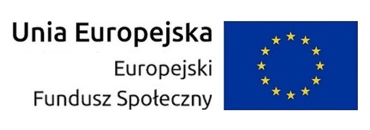Simple point process models of neural spike trains
- Prelegent(ci)
- Daniel Wójcik
- Afiliacja
- Nencki Institute of Experimental Biology
- Termin
- 18 listopada 2009 16:15
- Pokój
- p. 5820
- Seminarium
- Seminarium Zakładu Biomatematyki i Teorii Gier
A necessary ingredient for a quantitative theory of neural coding is appropriate spike kinematics: a precise description of spike trains - sequences of standard voltage impulses used for communication between neurons. While summarizing experiments by complete spike time collections is clearly inefficient and probably unnecessary, the most common probabilistic model used in neurophysiology, the inhomogeneous Poisson process, often seems too crude. Recently a more general model, the inhomogeneous Markov interval (IMI) model (Berry & Meister, 1998; Kass & Ventura, 2001), was considered, which takes into account both the current experimental time and the time from the last spike. In my talk I will discuss the nature of neural data to be understood and show how they naturally fall into point process description. I will introduce some basic point process models (Poisson and renewal processes) reaching IMI models in some general framework. Then I will propose a direct method of estimation that is easy to implement, fast, and conceptually simple. The method will be illustrated with an analysis of sample data from the cat's superior colliculus. Zapraszam, Jacek Miękisz
 Nie jesteś zalogowany |
Nie jesteś zalogowany |



















